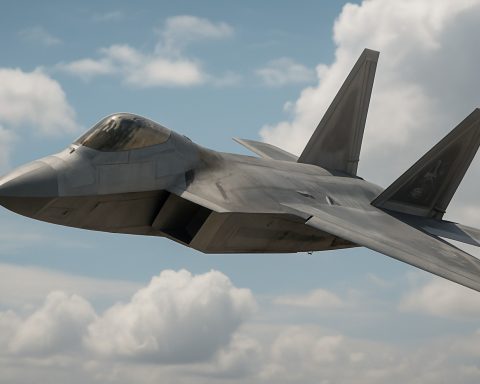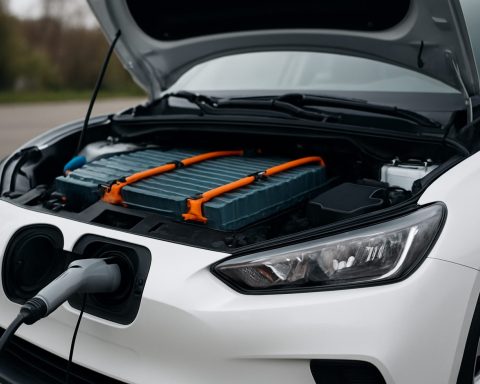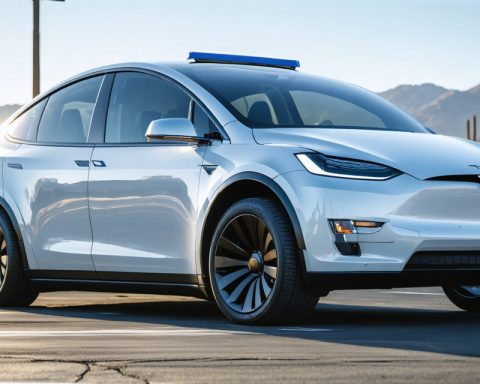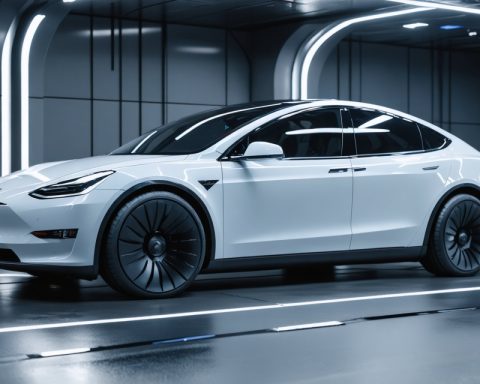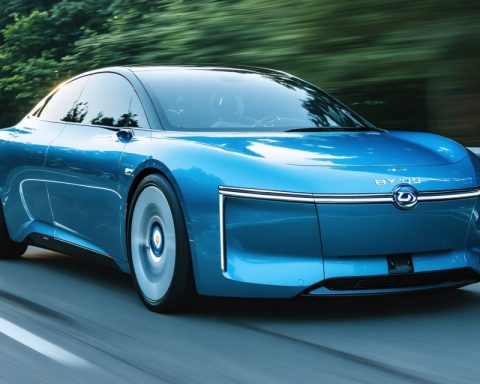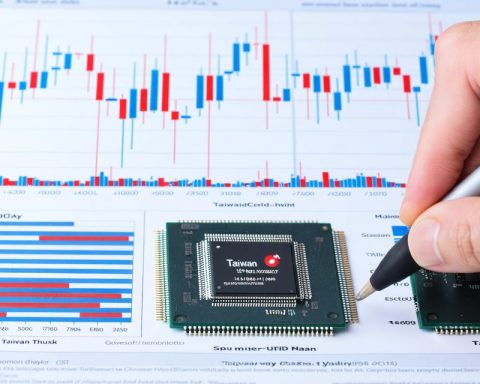- Tesla is making significant moves in India with new job listings in sales, service, and operations in Mumbai and Delhi, indicating a serious intent to enter the Indian EV market.
- The slashing of tariffs on vehicles priced above $40,000 makes India, the third-largest auto market, more attractive for Tesla.
- Previous hesitations from Tesla were due to high import duties, but recent activity suggests a renewed focus on the Indian market.
- Despite growing interest in EVs, India’s market is still in its early stages, with local companies posing stiff competition.
- The future remains uncertain as Tesla’s strategy in India is unclear—whether it plans to establish a substantial presence or test the waters.
- Caution is advised for investors due to the geopolitical complexities and potential shifts in trade dynamics, as Tesla’s plans could involve high risks.
Tesla surges into the Indian spotlight, shedding whispers of indecision with fresh job listings in bustling Mumbai and Delhi. These aren’t just any roles—these are pivotal spots in sales, service, and operations, signaling the electric vehicle titan’s serious intent to tap into India’s blooming EV market.
Just last summer, the world watched as Elon Musk leaned into a discussion with Indian Prime Minister Narendra Modi, tackling themes of technology, mobility, and innovation. This conversation seems to have jolted Tesla from hesitancy. With tariffs on vehicles priced above $40,000 slashed, India’s third-largest auto market beckons like never before.
But let’s not forget the past’s ripples. In 2021, Tesla’s gears screeched to a halt, deterred by daunting import duties. This recent flurry of activity feels different, yet echoes of previous hesitations remain. Electric vehicles, while slowly gaining traction in India, are fledgling compared to the booming sales in China. Local companies, accustomed to defending their market fiercely, will not easily concede to a foreign contender.
The future, however, is painted in shades of uncertainty. Musk’s strategy appears to oscillate. Is Tesla preparing to build local roots or merely dipping its toes into these expanding waters? As competitors ramp up, Tesla faces a ticking clock. Global sales taper, and rivals like BYD intensify the race.
For investors, caution blends with opportunity. The geopolitical stage adds further complexity, with potential shifts in trade dynamics under a specter of political change in the U.S. Without a bold leap into manufacturing or significant investment, Tesla’s India move teeters on the edge—wild potential juxtaposed with palpable risk. Watch closely; the stage is just being set.
Tesla’s Bold Move into India: What It Means for the EV Industry and You
How-To Steps & Life Hacks: Navigating Tesla’s Entry into India
Tesla’s strategic entry into the Indian market involves a series of steps that can be observed and even applied by other businesses looking to enter new markets:
1. Market Research and Analysis: Understand local regulations, market demands, and consumer behavior. Tesla analyzed India’s growing appetite for electric vehicles (EVs) and adjusted their offerings accordingly.
2. Partnerships and Networking: Engage with key stakeholders and influencers. Tesla’s discussions with Prime Minister Narendra Modi exemplify the importance of establishing relationships with decision-makers.
3. Employment and Local Expertise: Hiring local talent ensures operational efficiency and adaptability to regional challenges. Tesla’s job listings in Mumbai and Delhi highlight this approach.
4. Adapting to Local Regulations: Recognize and adapt to local tariffs and import duties, as seen with the reduction in vehicle tariffs, which aids in planning pricing strategies.
Real-World Use Cases: Tesla in India’s EV Market
Tesla’s presence in the Indian market serves as a model for integrating luxury EVs into a predominantly conventional automotive market:
– Sustainable Urban Solutions: In densely populated cities like Mumbai and Delhi, electric vehicles are a sustainable solution for reducing urban pollution.
– Enhancing Technological Infrastructure: Incorporating Tesla’s advanced technologies like Autopilot in local settings can push the boundaries of autonomous driving technology in India.
Market Forecasts & Industry Trends
According to a forecast by the International Energy Agency, India’s EV market is expected to grow significantly, with projections of rising EV sales from a market share of less than 1% to over 30% by 2030. Tesla is positioning itself to capitalize on this growth, which could prove transformative.
Reviews & Comparisons: Tesla vs. Local and Global Competitors
– Tesla vs BYD: While Tesla is entering the Indian market, competitor BYD is already present, demonstrating a strong focus on affordability and local adaptation, which could challenge Tesla’s premium positioning.
Controversies & Limitations
– Import Tariffs: The reduction in tariffs is beneficial, but any future changes could impact Tesla’s pricing strategy significantly.
– Local Market Resistance: Indian automakers like Tata Motors have a strong hold on the market, potentially limiting Tesla’s initial market share.
Features, Specs & Pricing for Indian Market
Tesla is expected to focus on models like the Model 3, which blends affordability with premium features, appealing to India’s growing middle class. The pricing strategy post-tariff adjustments will be crucial to its success.
Security & Sustainability
Tesla’s commitment to sustainability aligns with India’s initiatives for reducing carbon footprints. However, the security of its charging infrastructure and data privacy remains a focus area.
Insights & Predictions
Experts predict that Tesla’s manufacturing unit establishment in India within the next five years could reduce costs and increase market penetration, following its typical pattern of localized manufacturing.
Pros & Cons Overview
– Pros: Cutting-edge technology, premium brand appeal, sustainability.
– Cons: High initial cost, competition from established local players, potential regulatory hurdles.
Quick Tips for Investors and Consumers
– Investors: Monitor policy changes and Tesla’s manufacturing moves, which will signal the potential for significant returns.
– Consumers: Leverage Tesla’s entry for better EV options and watch for local incentives that make EVs more affordable.
Explore more about the automotive industry at Tesla and stay updated with the latest innovations and global market trends.
Tesla’s strategic entry into the Indian market is laden with potential and challenges. By understanding these dynamics, businesses, investors, and consumers can make informed decisions to maximize their opportunities in the evolving EV landscape.



